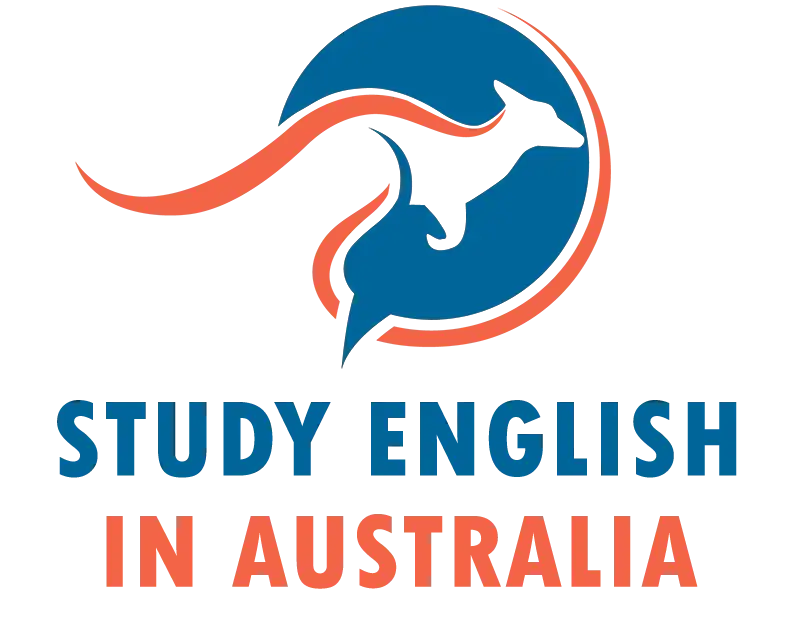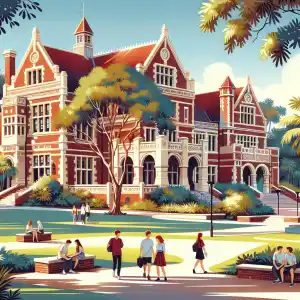Junior Secondary Studies

Introduction to Junior Secondary Studies
Junior Secondary Studies, encompassing grades 7 to 10, is a pivotal stage in the Australian education system. This critical phase serves as a bridge between primary education and the more specialized senior secondary years. Designed to broaden students' knowledge base and skill set, Junior Secondary Studies prepares them for the challenges of higher education and the modern workforce.
Curriculum and Learning Outcomes
At the Junior Secondary level, students engage with a broad curriculum that includes:
- Core Subjects: English, Mathematics, and Science form the bedrock of the curriculum, aiming to build strong foundational skills. Humanities subjects like History, Geography, and Civics further students' understanding of their world.
- Elective Subjects: Schools offer a range of electives allowing students to explore interests in areas such as technology, arts, languages, and physical education.
- Life Skills: Beyond academic subjects, students learn important life skills such as financial literacy, health education, and digital citizenship.
- Personal Development: Emphasis is placed on personal growth, ethical understanding, and interpersonal skills.
This comprehensive approach ensures that students develop critical thinking, problem-solving abilities, effective communication skills, and a lifelong love for learning.
Educational Institutions Offering Junior Secondary Studies
Australia boasts a diverse range of institutions providing Junior Secondary education, including:
- Public Schools: Government-funded and accessible to all, focusing on providing a broad and inclusive education.
- Private Schools: Offering varied educational philosophies and smaller class sizes, often with specific religious or pedagogical focuses.
- Specialist Schools: Catering to students with particular needs, talents, or interests, such as schools for the arts, sports, or sciences.
- Alternative Education Centers: Providing flexible learning environments suited to individual learning styles and needs.
Each type of institution aims to provide a nurturing environment where students can thrive academically, socially, and personally.
State and Territory Specifics
Each Australian state and territory has its own education department that oversees the curriculum and standards. While there is a national curriculum framework, local variations allow for education to be tailored to regional needs and priorities.
Career Pathways and Further Education
After Junior Secondary Studies, students can choose various paths:
- Senior Secondary School: Continuing academic studies with more specialized subjects and pathways.
- Vocational Education and Training (VET): Pursuing practical skills and qualifications for specific careers.
- Workforce Entry: Some may choose to enter the workforce directly, often starting with entry-level positions or apprenticeships.
Financial Aspects of Junior Secondary Education
The cost of Junior Secondary Studies varies widely:
- Public Schools: Typically funded by the government, though some costs for materials and activities may apply.
- Private Schools: Charging tuition fees, which can vary significantly based on the school's facilities, reputation, and offerings.
- Financial Aid and Scholarships: Available to assist families with educational expenses, particularly in private institutions.
State and Territory Specifics and International Fees
Each Australian state and territory has distinct guidelines and curricula, though all align with the national educational standards. Here's a brief overview of the fee structures across states and territories for international students in both government and private schools:
-
New South Wales (NSW)
- Government Schools: Approximately AUD 11,000 to AUD 15,000 per year.
- Private Schools: Generally from AUD 20,000 to over AUD 35,000 per year.
-
Victoria (VIC)
- Government Schools: Around AUD 10,500 to AUD 14,000 per year.
- Private Schools: Typically from AUD 20,000 to over AUD 35,000 per year.
-
Queensland (QLD)
- Government Schools: About AUD 10,000 to AUD 14,500 per year.
- Private Schools: Usually starting from AUD 20,000, going much higher based on the institution.
-
Western Australia (WA)
- Government Schools: Approximately AUD 9,000 to AUD 13,000 per year.
- Private Schools: Ranging from AUD 20,000 to over AUD 35,000 per year.
-
South Australia (SA)
- Government Schools: Around AUD 10,000 to AUD 14,000 per year.
- Private Schools: Generally from AUD 20,000 to over AUD 35,000 per year.
-
Tasmania (TAS)
- Government Schools: About AUD 9,000 to AUD 13,000 per year.
- Private Schools: Typically starting from AUD 20,000 upwards.
-
Australian Capital Territory (ACT)
- Government Schools: Approximately AUD 10,500 to AUD 15,000 per year.
- Private Schools: Usually from AUD 20,000 to over AUD 35,000 per year.
-
Northern Territory (NT)
- Government Schools: Around AUD 10,000 to AUD 14,000 per year.
- Private Schools: Starting from AUD 20,000 and can vary significantly.
Conclusion: The Importance of Junior Secondary Studies
Junior Secondary Studies in Australia is more than just an intermediary educational phase; it's a formative period that shapes students' futures. With a wide array of subjects, a focus on both academic and personal development, and various institutions to choose from, students are afforded the opportunity to explore, grow, and prepare for the challenges of senior years and beyond. Whether proceeding to higher education, vocational training, or entering the workforce, students completing Junior Secondary Studies are well-equipped with the knowledge, skills, and confidence to pave their way to a successful future.











